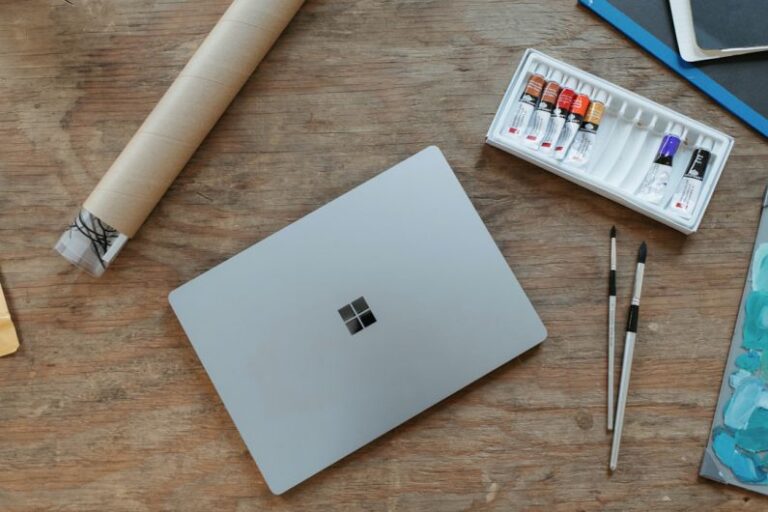Combining Logic and Creativity for Problem Solving
**Combining Logic and Creativity for Problem Solving**
When faced with challenges or obstacles, our ability to solve problems effectively is crucial. Often, we rely on either logic or creativity to find solutions. However, the most successful problem solvers understand that a combination of both logic and creativity is the key to unlocking innovative and practical answers. By merging these seemingly contrasting approaches, individuals can approach problem-solving in a holistic and dynamic manner.
**Understanding Logic in Problem Solving**
Logic is the foundation of rational thinking and problem-solving. It involves the systematic and structured approach to analyzing information, identifying patterns, and drawing conclusions based on evidence. Logical thinking follows a linear progression, where each step leads to a logical outcome. When tackling problems, applying logic helps in breaking down complex issues into manageable components, making it easier to identify the root cause and devise a solution.
**The Role of Creativity in Problem Solving**
Creativity, on the other hand, involves thinking outside the box, exploring new perspectives, and generating original ideas. While logic is essential for analyzing and organizing information, creativity adds a touch of innovation and imagination to the problem-solving process. Creative thinking allows individuals to explore unconventional solutions, challenge assumptions, and envision possibilities beyond the obvious. By embracing creativity, problem solvers can introduce fresh insights and approaches to complex problems.
**Synergizing Logic and Creativity**
The synergy between logic and creativity is where the magic of problem-solving happens. By combining these two complementary approaches, individuals can leverage the strengths of each to arrive at comprehensive and effective solutions. Integrating logic with creativity allows for a balanced and holistic problem-solving strategy that considers both the analytical and innovative aspects of a challenge.
When faced with a problem, start by applying logical reasoning to understand the facts, evaluate the data, and identify the underlying issues. This analytical foundation sets the stage for creative thinking to come into play. Once the problem is dissected logically, allow creativity to flourish by brainstorming alternative solutions, exploring unconventional ideas, and challenging traditional assumptions.
**Embracing Ambiguity and Uncertainty**
One of the challenges of combining logic and creativity is navigating ambiguity and uncertainty. Logic thrives in structured environments with clear parameters, while creativity often thrives in the unknown and unexplored. To effectively merge these approaches, problem solvers must be comfortable with ambiguity and open to exploring diverse perspectives.
By embracing ambiguity, individuals can tap into the limitless possibilities that creativity offers while maintaining the rigor and clarity of logical thinking. This balance between structured analysis and creative exploration enables problem solvers to adapt to changing circumstances, think innovatively, and uncover unique solutions to complex problems.
**Embodying the Problem-Solving Mindset**
To truly master the art of combining logic and creativity for problem solving, individuals must cultivate a problem-solving mindset that values both rationality and imagination. This mindset involves approaching challenges with curiosity, flexibility, and resilience. It requires the willingness to experiment, fail, and iterate until a satisfactory solution is reached.
In conclusion, the fusion of logic and creativity is a powerful approach to problem solving that enables individuals to tackle complex issues with innovation and efficiency. By leveraging the strengths of both logical reasoning and creative thinking, problem solvers can transcend traditional boundaries and unlock new possibilities. Embrace the synergy of logic and creativity in your problem-solving endeavors, and watch as you transform challenges into opportunities for growth and innovation.






